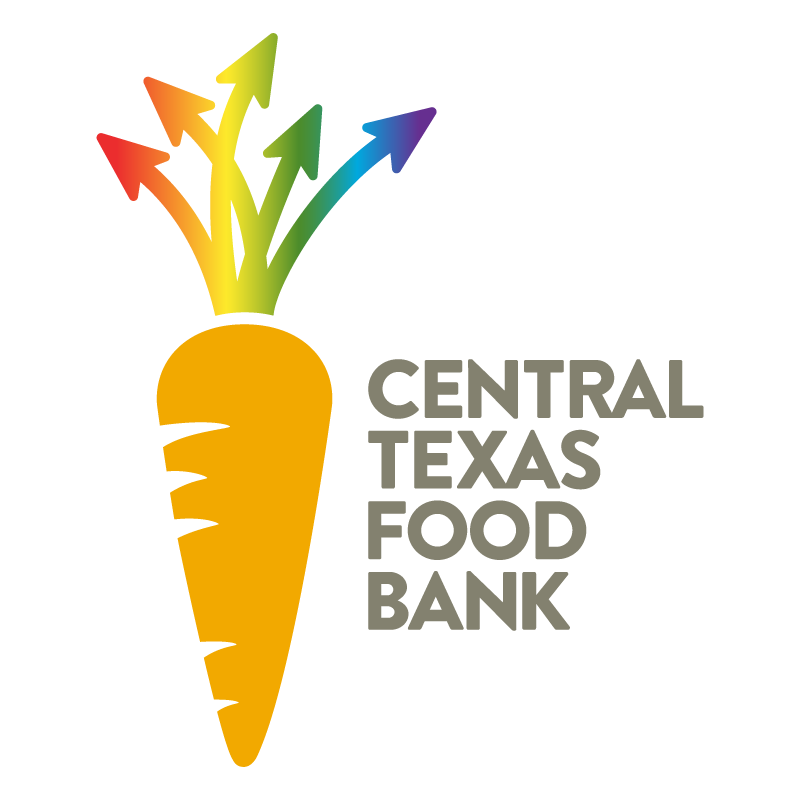More than 477,000 Central Texans in our 21-county service territory could not afford adequate food at all times, according to Map the Meal Gap, a study on food insecurity conducted by Feeding America. For 1 in 6 of our neighbors, their ability to prevent hunger was uncertain. At times throughout the year, their food choices were compromised for nutrition, quantity or both.

Children in every county we serve fare much worse when compared to the nation. More than 1 in 4 children in Central Texas is food insecure. The national average is slightly higher than 1 in 5. Some of these children may experience hunger directly, but they all are experiencing the negative health consequences of living in a household where food insecurity exists.

The study analyzes census data to provide county-level food insecurity and child food insecurity estimates. Now in its fifth year, the annual study is used to improve outreach and collaborations to help end hunger at the community level.
At the Capital Area Food Bank, we know the economic recovery is not making its way to our neighbors at the lowest rungs of the financial ladder. This is unacceptable.
Hunger unwelcome in Austin for all the wrong reasons.
New data from the United Way of Greater Austin, who manages the 2-1-1 help hotline, reported the number one call for help last year continues to be for food stamps. Help from food pantries was the fifth most requested call. For the first time since the great recession, calls for help with food are declining. They further report that call volume has stabilized in Central and East Austin but is increasing in surrounding areas.

In a study conducted by the Food and Research Action Center, 15.7 percent of Austin/Round Rock residents said there have been times in the past 12 months when they did not have enough money to buy food they or their family needed a 4.5 percent improvement in four years. When compared to other Metropolitan Statistical Areas in the study, Austin is now ranked 79 out of 100, with 100th ranking being with the least food hardship.

These “gains” in alleviating hunger in Austin sound promising, but reveal the increased cost of living in the Austin area is pushing more low-income residents to the outskirts of Travis County and neighboring counties. Ryan Robinson, City of Austin Demographer, agrees.

Note: One dot represents 20 people with income below the poverty line. The colors represent the following groups: Aqua Blue: White; Yellow: Black; Green: Hispanic ; Red: Asian/Pacific Islander.
For further reading, check out our previous news stories.
Austin's growing poverty sprawl in one animated gif.
Austin continues to pull the welcome mat from low-income families.
For a surging population in Austin, making it work is increasingly hard work.
Who’s tightening the belt of hunger relief?
Limited food access affects the poor and the near poor. Unfortunately, our social safety net programs, including school meals and food stamps cannot reach everyone in need. The Map the Meal Gap study reveals 30 percent of those who are food insecure in Central Texas likely make too much money to qualify for federal nutrition programs. Many of these families turn to our mobile food pantries and partner agencies.
What’s more troubling is the groundswell of support for deep and lasting cuts to SNAP benefits. So many of our clients turn to SNAP for help, yet, they still need our help to supplement their grocery budget. Any further cuts to these programs will strain our resources and put more at risk of hunger.
Bringing urgency to hunger relief
While the rest of the nation, and yes, even Texas, is beginning to show gains on ending the hunger crisis, Central Texas is at a standstill. This means that Central Texans are at risk of being left behind, unable to reach their full potential. We all lose out when our neighbors, and especially our children, go hungry. Here’s how you can help Central Texas, and your most vulnerable neighbors, be at their best.
- Share this blog post and the infographics with your network and elected officials. Use our directory to find who represents you.
- Sign up for action alerts. We are part of a nationwide effort to end hunger in America with good ideas, good partnerships and good investments. We need your voice to make hunger relief a priority.
- Follow us on Facebook and Twitter for updates.






